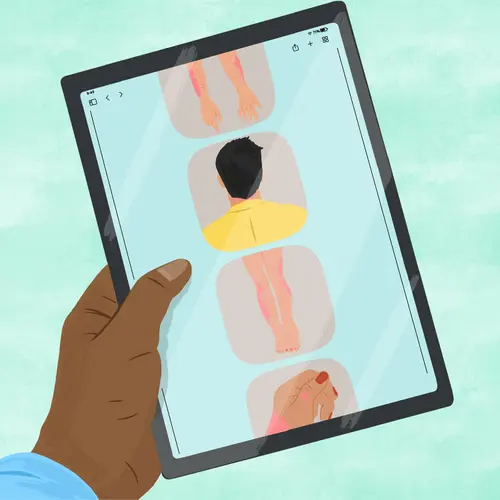If you have eczema, the idea of bathing in bleach may sound more like torture than an eczema treatment. Of course, we're not talking about pure bleach. The amount of bleach used in bleach baths is similar to what you'd be exposed to when swimming in a chlorinated pool. Doctors have been recommending diluted bleach baths to people with eczema for at least ten years.
Eczema causes the outer layer of skin to break down, making you more prone to bacterial, viral, and fungal skin infections. Diluted bleach baths for eczema are recommended for decreasing inflammation as well as the chance of developing skin infections.
If the thought of taking a bleach bath makes your skin crawl, don't worry. Research on the benefits of diluted bleach baths is inconclusive. The amount of bleach used in a bleach bath isn't enough to have a direct antibacterial effect, so if the baths work, it's not because they're directly killing microbes. Some reviews have shown that bleach baths are effective for reducing the severity of eczema symptoms, but they're no more effective than plain water baths.
If you'd like to try a bleach bath to see if it helps your symptoms, here are some tips to help you get started:
- Use 1/4 to 1/2 cup of bleach for a 40-gallon tub of warm water, filled to the drainage holes.
- Check the label on your bleach, which can range from 6 to 8.25 percent sodium hypochlorite, and use a smaller amount of stronger bleach.
- Soak in the bleach bath for about 10 minutes, either from the neck down or just where you're having a flare-up.
- Rinse thoroughly and pat dry with a towel.
- Generously apply moisturizer after your bath.
- If bleach baths seem to help your symptoms, you can take them up to three times a week.

